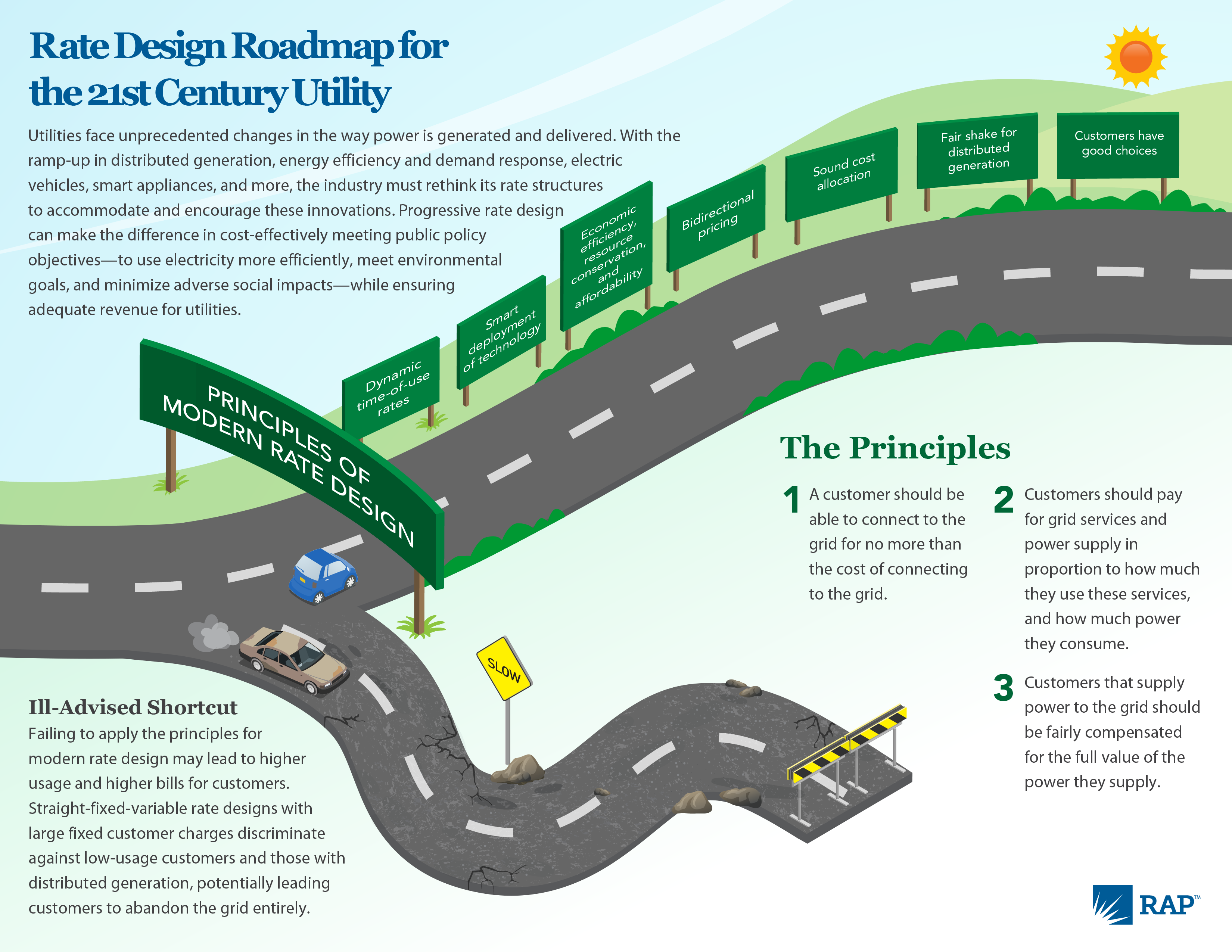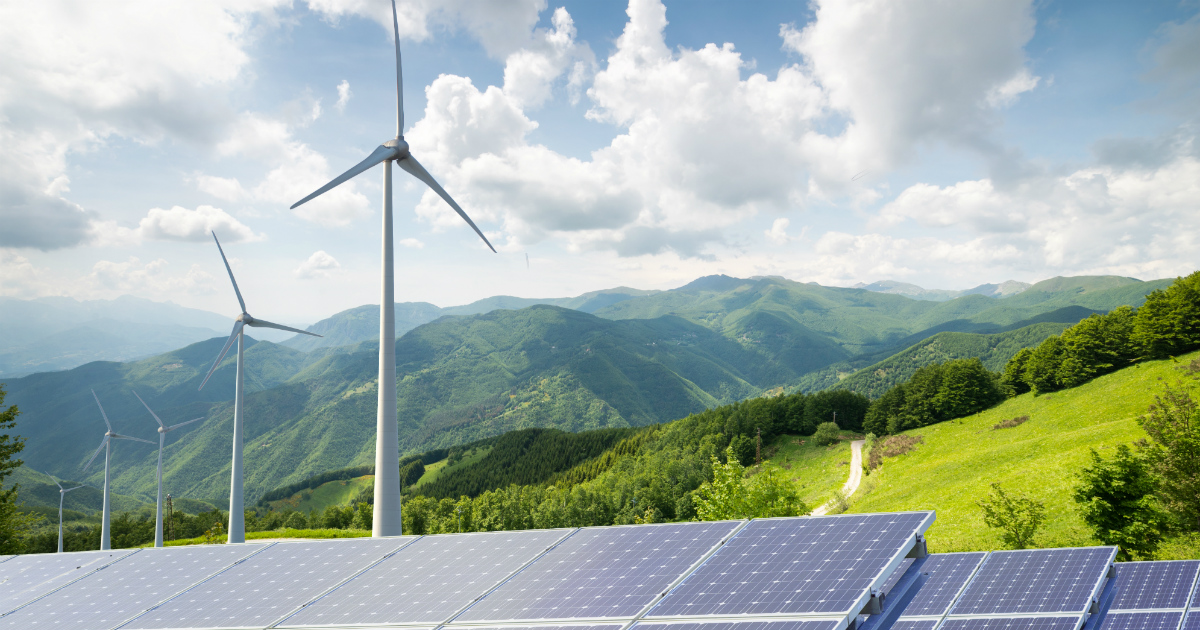When prices are negative, just stop exporting and self consume or charge your battery. (Summer A/C to precool the house, hot water heating, winter heat pump, etc. are good uses of the energy.) That's how price signals work. You don't have to pay anyone to take your excess power.
TOU prices address the issue of overproduction.
If there is too much demand in the evening, high TOU prices will discourage people from doing laundry, etc. Solar/battery people can just use their batteries and stop importing.
Grid charges are a separate issue but one that utilities have conflated with solar to attack residential solar.
Power companies bundle grid costs and energy costs together. This means that people who use small amounts of electricity (small, efficient houses, solar, etc.) are subsidized by large users for their use of the grid. Best to unbundle grid and energy costs with separate charges for everyone. (If you are concerned about low income people, most utilities have provision for low income subsidies.)
The electric utility industry is facing a number of radical changes, including customer-sited generation and advanced metering infrastructure, which will

www.raponline.org
Monthly connection fees are good for the climate. Regular readers of this blog are well aware that the California Public Utilities Commission (CPUC) published a proposed decision on reforming net …

energyathaas.wordpress.com






